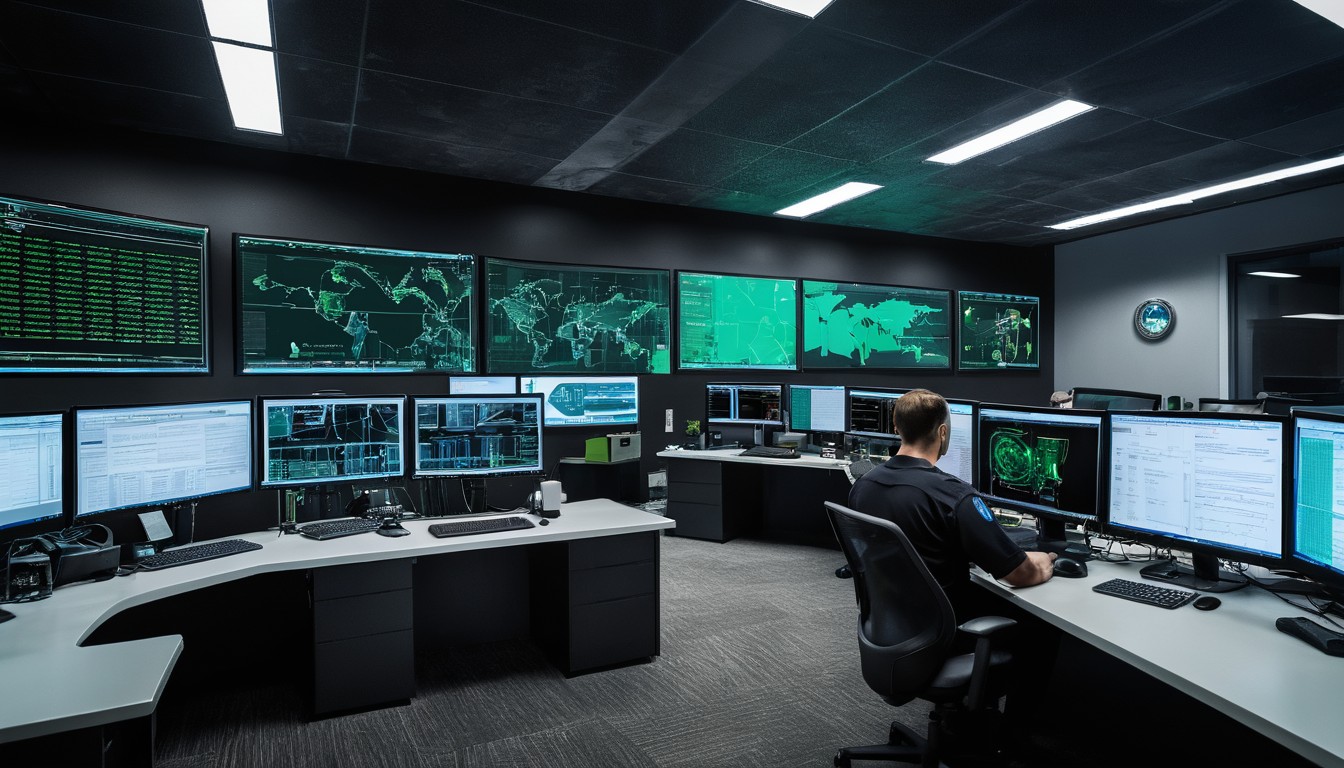Autonomous drones are rapidly transforming industries ranging from agriculture and construction to logistics and surveillance. These unmanned aerial vehicles (UAVs) offer unprecedented capabilities for gathering data, monitoring environments, and performing tasks remotely. However, with their increased adoption comes the critical need for robust cybersecurity measures to protect against potential threats. SafeNet Cybersecurity is dedicated to safeguarding the skies by addressing the unique cybersecurity challenges posed by autonomous drones.
The Rise of Autonomous Drones
Autonomous drones have become indispensable tools in various sectors, enabling organizations to streamline operations, improve efficiency, and reduce costs. From aerial inspections and crop monitoring to search and rescue missions, the applications of autonomous drones are vast and diverse.
Cybersecurity Considerations for Autonomous Drones
- Data Protection: Autonomous drones collect and transmit vast amounts of data, including images, videos, and sensor readings. Protecting this data from interception and unauthorized access is crucial to maintain privacy and confidentiality.
- Remote Access Security: Many autonomous drones can be controlled remotely via wireless networks or the internet. Securing these communication channels is essential to prevent unauthorized access and malicious manipulation of drone operations.
- GPS Spoofing and Jamming: Autonomous drones rely on GPS signals for navigation and positioning. However, these signals can be spoofed or jammed, leading to potential safety risks and operational disruptions.
- Physical Security: Protecting autonomous drones from physical theft or tampering is also essential. Unauthorized access to the drone’s hardware or software could compromise its functionality and pose safety risks.
SafeNet’s Approach to Securing Autonomous Drones
SafeNet Cybersecurity offers a comprehensive approach to securing autonomous drones, including:
- Encryption: Implementing strong encryption algorithms to protect data transmission and storage, ensuring that sensitive information remains secure.
- Access Control: Implementing robust access control mechanisms to restrict access to drone systems and data only to authorized personnel.
- Cyber Threat Detection: Deploying advanced threat detection systems to monitor for signs of cyber attacks, such as network anomalies or unauthorized access attempts.
- Firmware and Software Updates: Providing regular updates and patches to drone firmware and software to address known vulnerabilities and protect against emerging threats.
As autonomous drones continue to revolutionize industries and reshape our world, ensuring their cybersecurity is paramount. SafeNet Cybersecurity is committed to partnering with organizations to address the cybersecurity challenges of autonomous drones, safeguarding their operations, data, and integrity. By implementing robust security measures and staying vigilant against evolving threats, we can ensure that autonomous drones remain a force for innovation and progress while mitigating potential risks.





